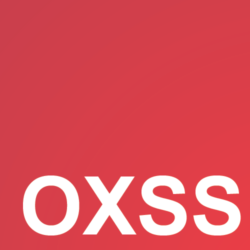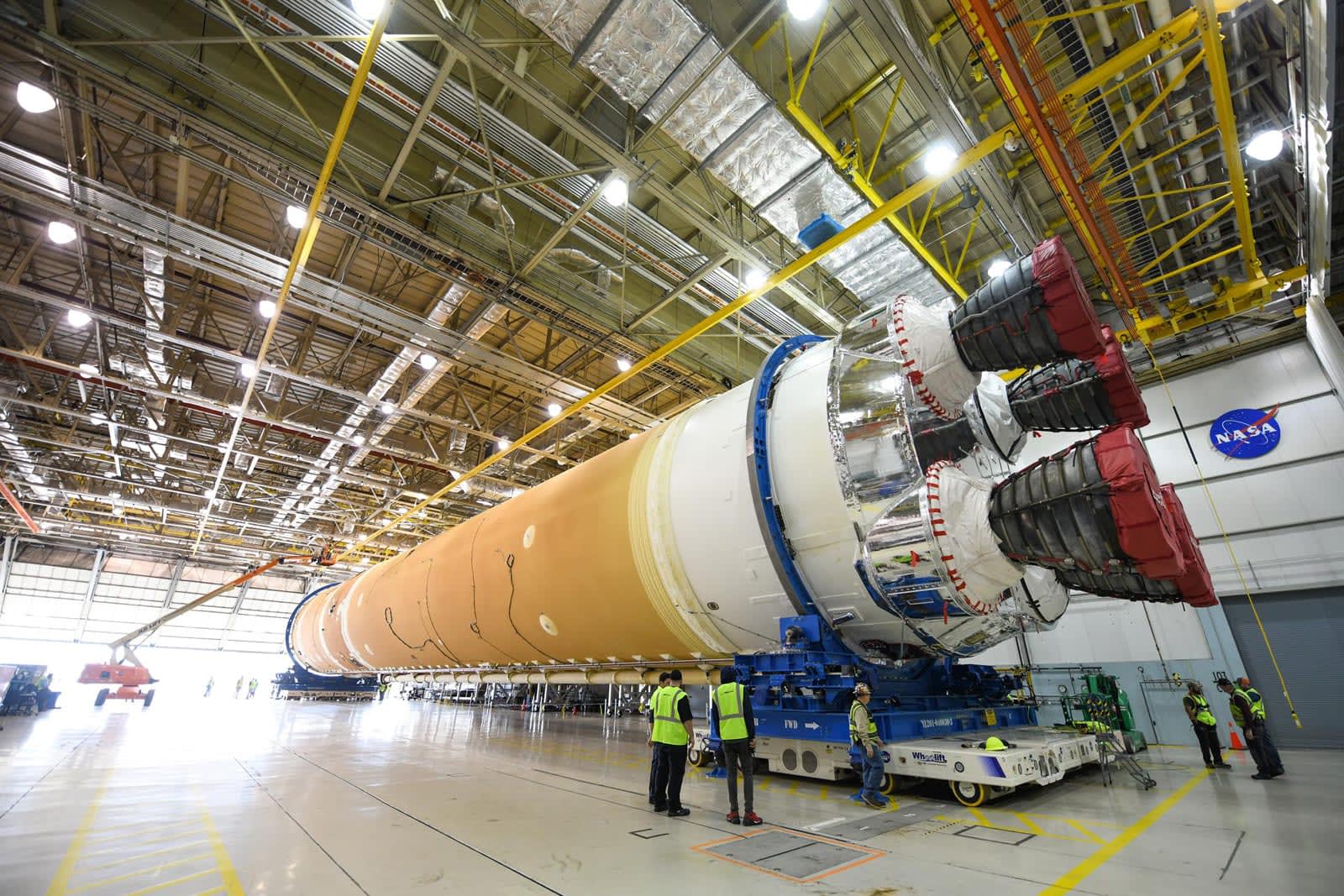
You can expect 20 more markets to get 5G this year, Rogers said. At the same time, it’l start using low-band 600MHz access that should both widen coverage and help you stay connected to 5G indoors. It’ll eventually start using 3.5GHz service as well as spectrum sharing that lets it use LTE airwaves for 5G.
There is a gotcha, however: 5G will eventually carry a premium. Rogers is only offering 5G at no extra charge until March 6th, 2021. You’ll have to pay a $15 surcharge after that. While this practice isn’t completely unheard of (Verizon has talked about charging a premium, but waived it for early adopters), it’s not likely to please Canadians who are already complaining about paying high prices for cell service compared to other countries.
The decision to charge a premium might even lead to a political confrontation. Canada’s Innovation, Science and Industry Minister Navdeep Bains recently warned that the country’s big three carriers (Rogers, Bell and Telus) will have to cut the prices of mid-range plans by 25 percent as part of a larger bid to reduce phone costs. While that won’t affect Rogers’ 5G (at least not at first), it’s not likely to please politicians and regulators trying to make wireless data more affordable.


